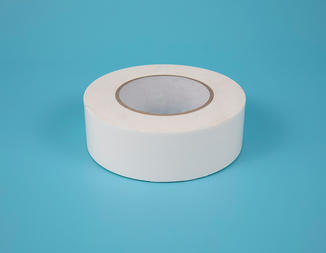There are usually three situations in the residual adhesive of OPP protective film. First, cohesive damage: there are pressure-sensitive adhesives on the protected surface and the substrate, and the coated surface of the protective film loses its luster; second, the adhesive base is damaged: the protected surface There is a lot of glue residue, and the base material is visible on the glued surface of the protective film. Third, migration residues: There is a small amount of pressure-sensitive glue residue on the protected surface, and the gloss of the glued surface of the protective film remains good.

One of the more common reasons is that the peel strength of the OPP protective film has changed after a period of time. After the protective film is attached to the protective material, it will take a period of time to remove the protective film. The short time is only a few minutes, and the long one is one year. Most of the above are within 3 to 12 months. During this period, the peel strength of the protective film tends to increase with the continuation of time, usually first fast and then slow, and finally tends to be stable. When the peel strength rises above the cohesive strength or adhesive base force, cohesive failure or adhesive base failure occurs, resulting in adhesive residue.
Another reason is the aging of the OPP protective film. The protective film is composed of a plastic substrate and a pressure-sensitive adhesive, both of which are high molecular polymers. The aging mechanisms mainly include thermal aging and ultraviolet light aging. After the protective film is aged, the macromolecular chains constituting the substrate and the pressure-sensitive adhesive are broken, the average molecular weight is reduced, and the cohesive strength is reduced, and then cohesive failure occurs.

 English
English 简体中文
简体中文 日本語
日本語 English
English 









